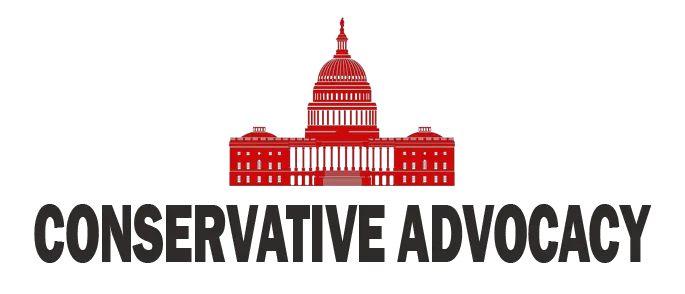Over the past few years, Donald Trump has faced relentless criticism from the media and Democrats, often based more on political bias than on actual performance. Many predicted doom and gloom with the imposition of tariffs, suggesting that they would cripple the economy. However, as the facts show, those fears have materialized. Contrary to the notion of a thriving economy, the projections indicate significant economic contractions. A long-run 6% GDP reduction and a 5% wage decline have been documented. This raises an important question: Why are so many people still pessimistic about Trump’s policies?
The truth is that the negative outlook stems from substantial concerns with his administration’s policies. Despite the wild predictions of economic fallout from tariffs proving accurate, critics want to paint a picture of impending disaster due to the undeniable economic impacts. The economy has not just held its ground; the projected $22,000 lifetime loss per middle-income household and reductions in GDP and wages are serious concerns that even moderate observers can’t ignore.
Many of Trump’s detractors try to claim that while things are good now, they may turn bad in the future. However, such speculation is supported by immediate impacts like a reduction in 2025 GDP growth, increased unemployment, and sustained GDP shrinkage. The fundamentals of the economy show strain, challenging optimistic assertions. Critics who dismiss these points as fleeting are revisiting serious critiques that continue to have data-backed foundations.
Moreover, the double standards in media coverage are, while palpable in tone, also driven by the contrasting economic narratives emerging from tariff outcomes. If a Democrat were in charge during this downturn, the headlines would likely reflect significant economic concern. Instead, because it’s Trump, the narrative at times attempts to suggest unfounded resilience. It’s as if some media outlets simply cannot reconcile the policy outcomes with earlier optimistic performances.
In confronting this reality, one must recognize the tangible impacts of Trump’s tariff policy, symbolizing more than just economic adjustments; they reflect challenges with resilience and unexpected negative outcomes. Critics should acknowledge the negative results being delivered. After all, America has shown time and again that with the right policy adjustments, it can overcome challenges and aim for stability on the other side. Instead of assuming uninterrupted success, it would be better for them to address the ramifications visible in the data, regardless of who is in the White House.




